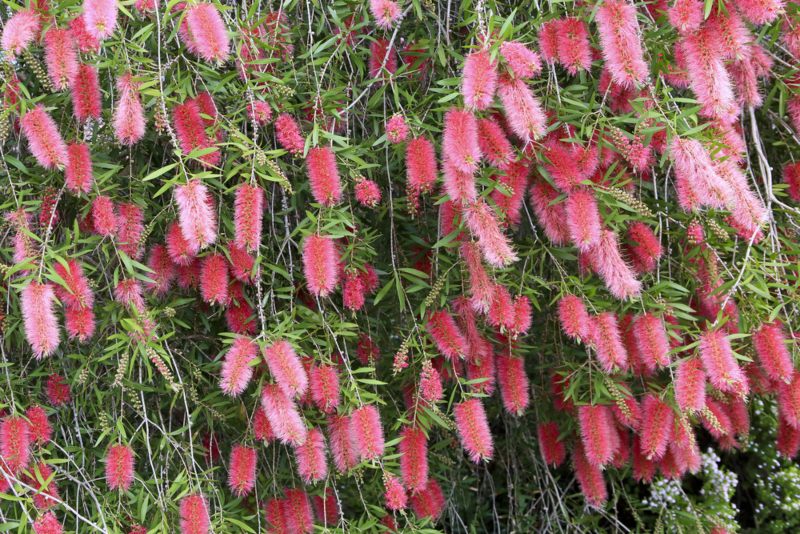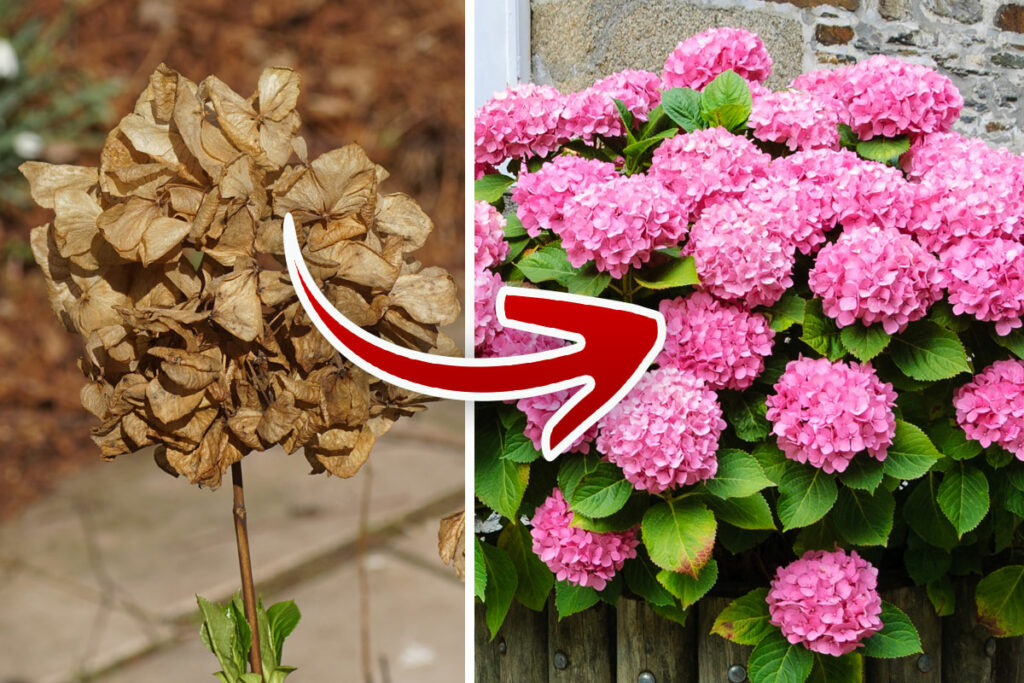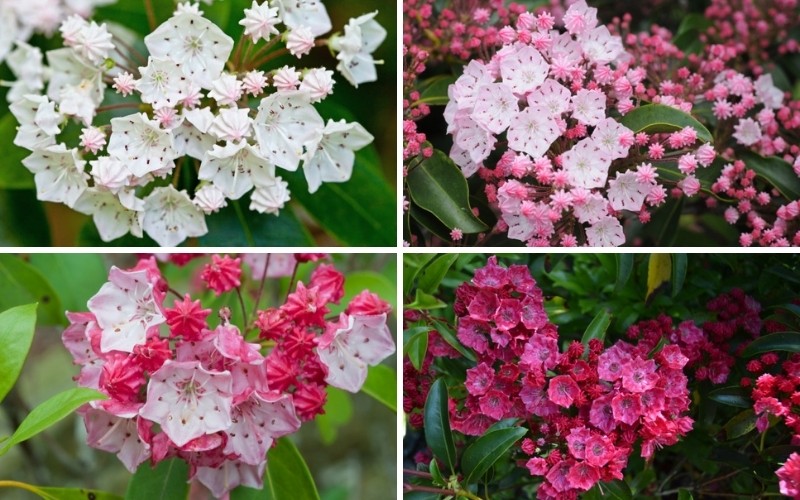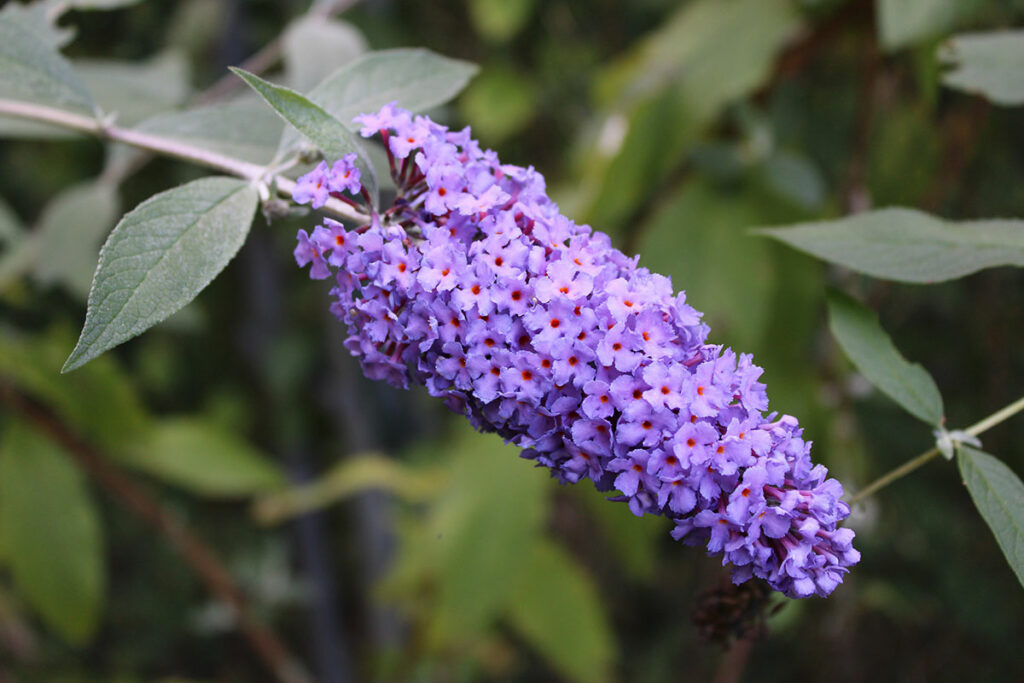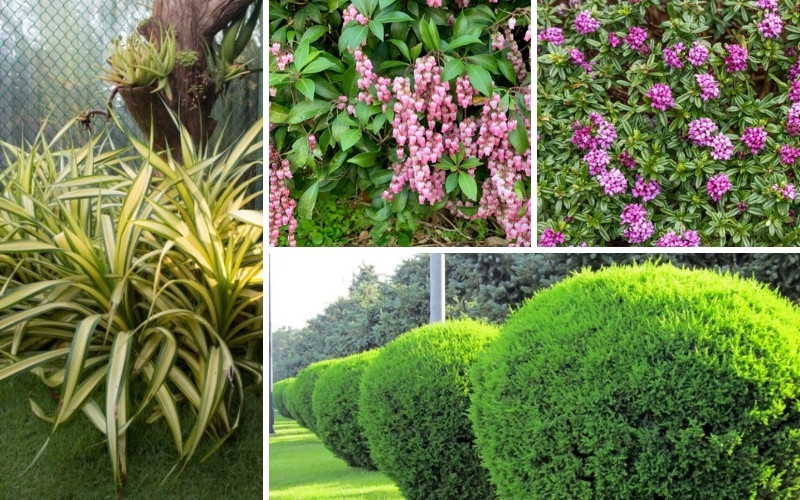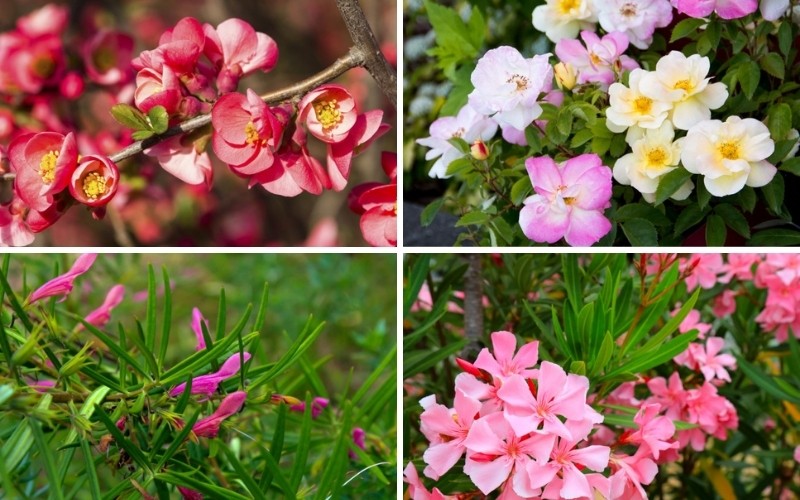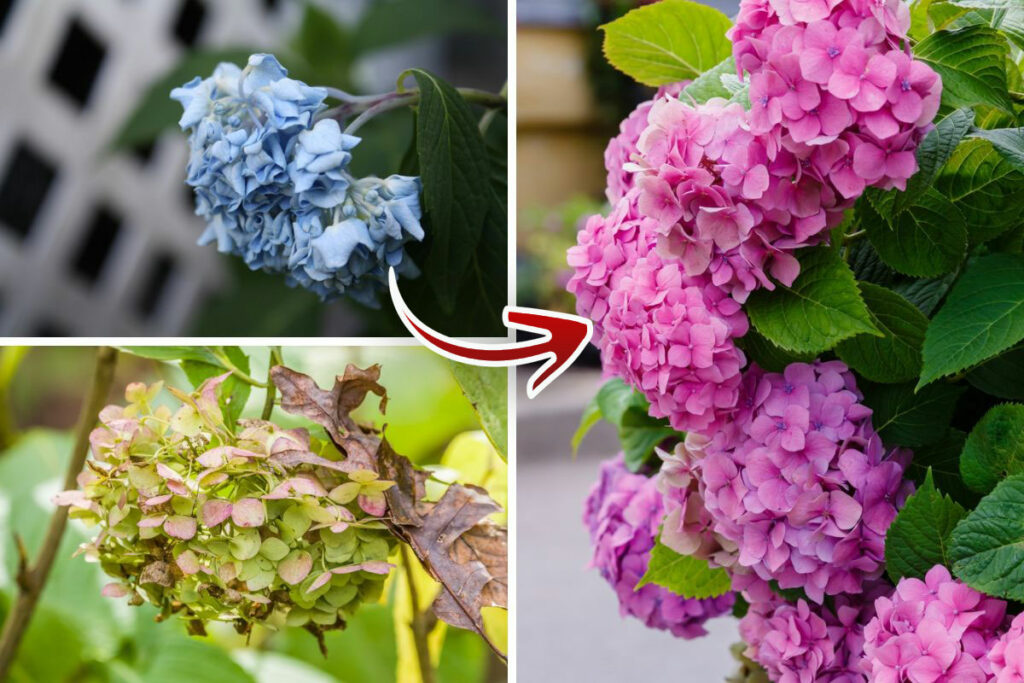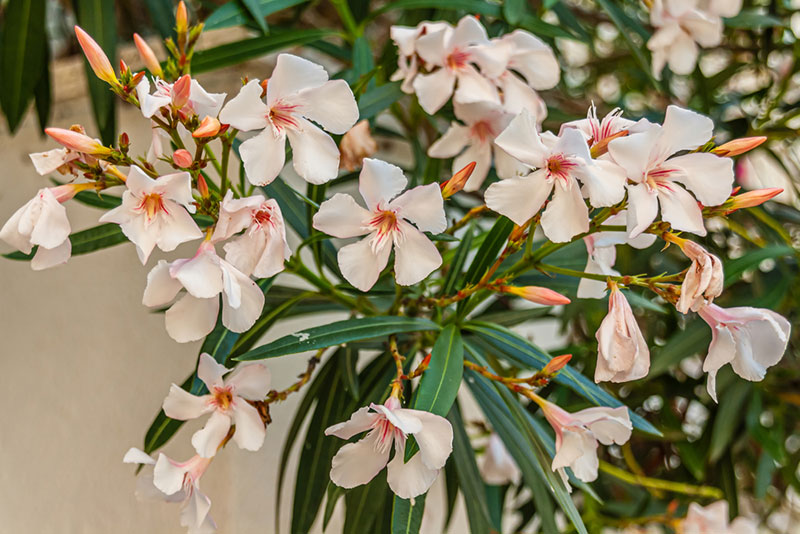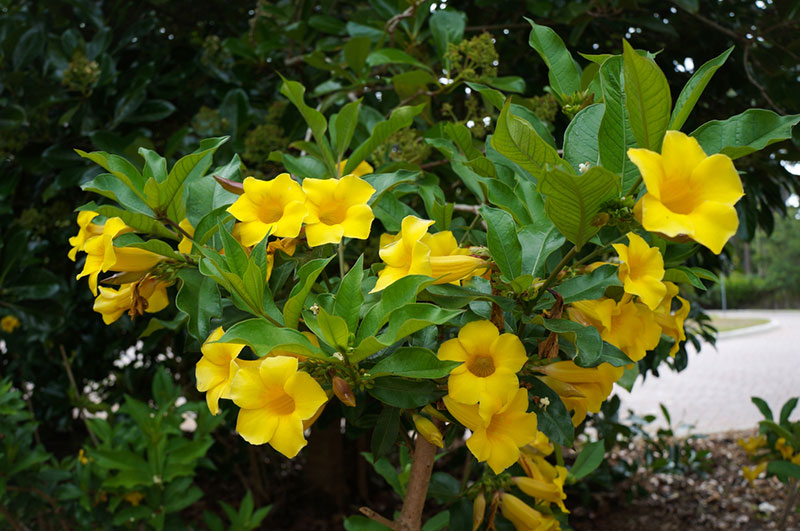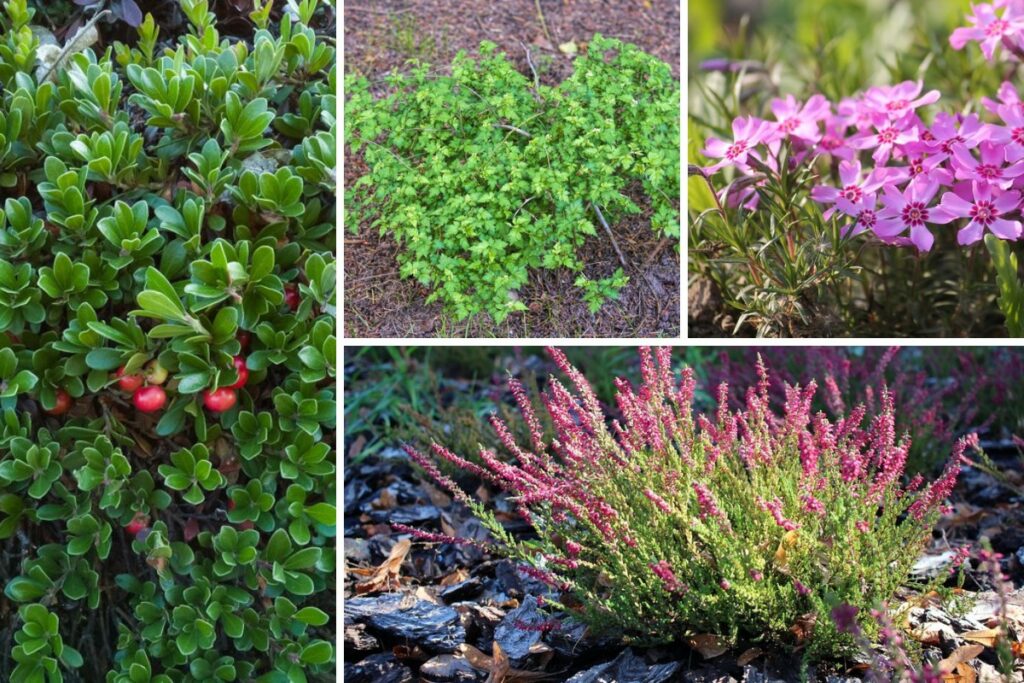
Slopes come with a list of challenges for gardeners. They’re always prone to erosion, making them difficult to access. Additionally, water carries the topsoil away when it rains.
One of the best ways to stiffen those slopes is to plant them with shrubs. In this article, we’ll list 10 shrubs for erosion control that have reinforcing root systems. It’s best to use a variety of the following shrubs to benefit from the different rooting mechanisms.
1. Lace Shrub (Stephanandra incisa)
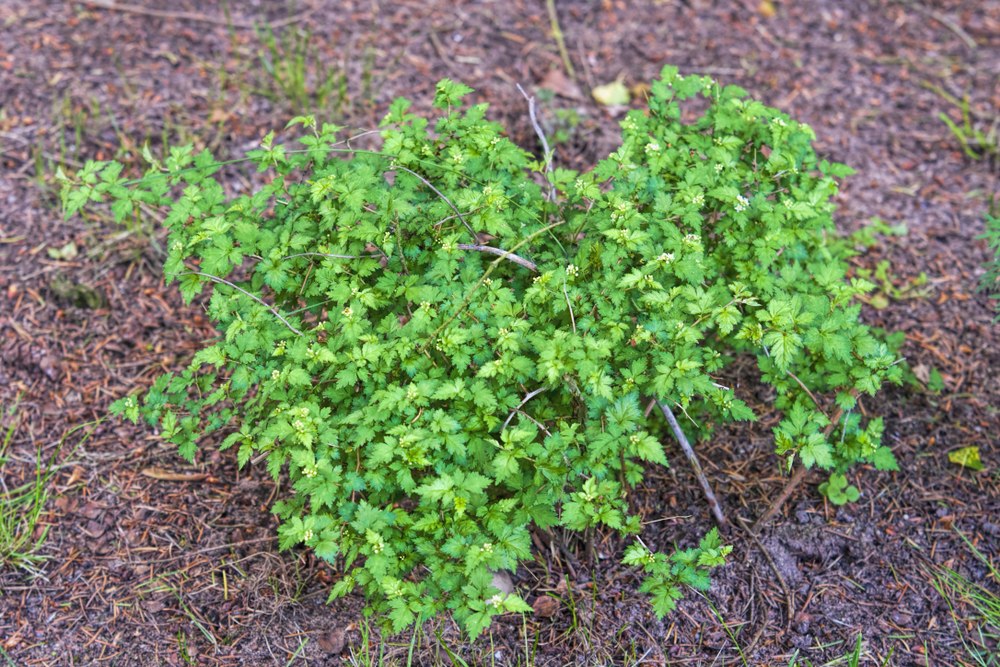
The Lace Shrub is a low-growing, deciduous shrub. In autumn, the foliage embraces brilliant orange and red shades. The plant grows up to six feet in height and spreads reaching nine feet in width.
The small yellowish-white flowers bloom for a relatively long period. For best results, plant in acidic, moist, well-drained soil. Full sun exposure will also encourage more blooming.
- Hardiness zone: 5 to 7
- Blooming season: early summer to late summer
- Sunlight conditions: full sun to partial shade
2. Creeping Liriope (Liriope Spicata)
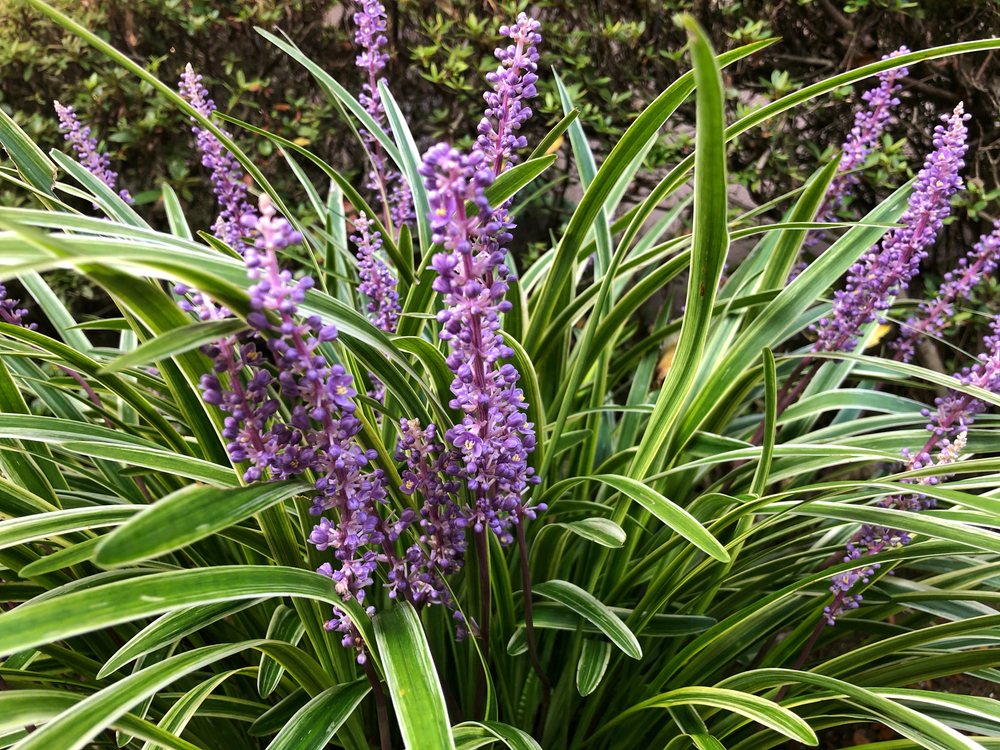
Commonly known as monkey grass, this plant is a flowering herbaceous perennial. It’s a tough, drought-tolerant plant that’s commonly grown as a ground cover for erosion prevention.
Brilliant flowers decorate this bush with lavender and white stalks. You’ll need to water it regularly during the first year and ensure the soil mixture is well-draining.
- Hardiness zone: 4 to 10
- Blooming season: late summer to early autumn
- Sunlight conditions: full sun to partial shade
3. Heather (Calluna vulgaris) ‘Spring Torch’

Heather will add attractive color to your sloping fields throughout the year. During its blooming season, arrays of purple flower spikes cover its colorful leaves.
This upright plant reaches 14 inches in height. Although it thrives in moist, well-drained soil, you shouldn’t let the water dry out.
You’ll also need to protect it from strong winds.
- Hardiness zone: 5 to 8
- Blooming season: late summer to fall
- Sunlight conditions: full sun to partial shade
4. Japanese Quince (Chaenomeles x superba) ‘Nicoline’
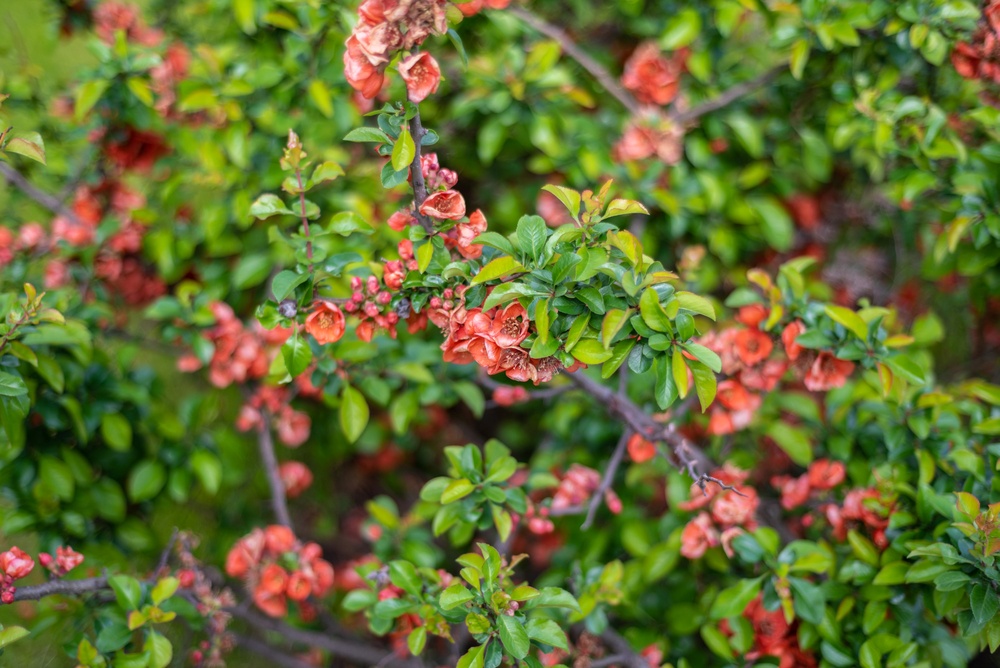
This winner of the Award of Garden Merit of the Royal Horticultural Society grows up to 14 feet in height. Its tangled branches bear numerous clusters of brilliant red-colored flowers that are followed by edible sour fruits.
The Japanese Quince is tolerant of various soil conditions as long as it’s well-drained. Grow it in full sun to make the best out of its short blooming season.
- Hardiness zone: 5 to 9
- Blooming season: a few weeks in early spring
- Sunlight conditions: full sun or partial sun
5. Fragrant Sumac (Rhus aromatica)
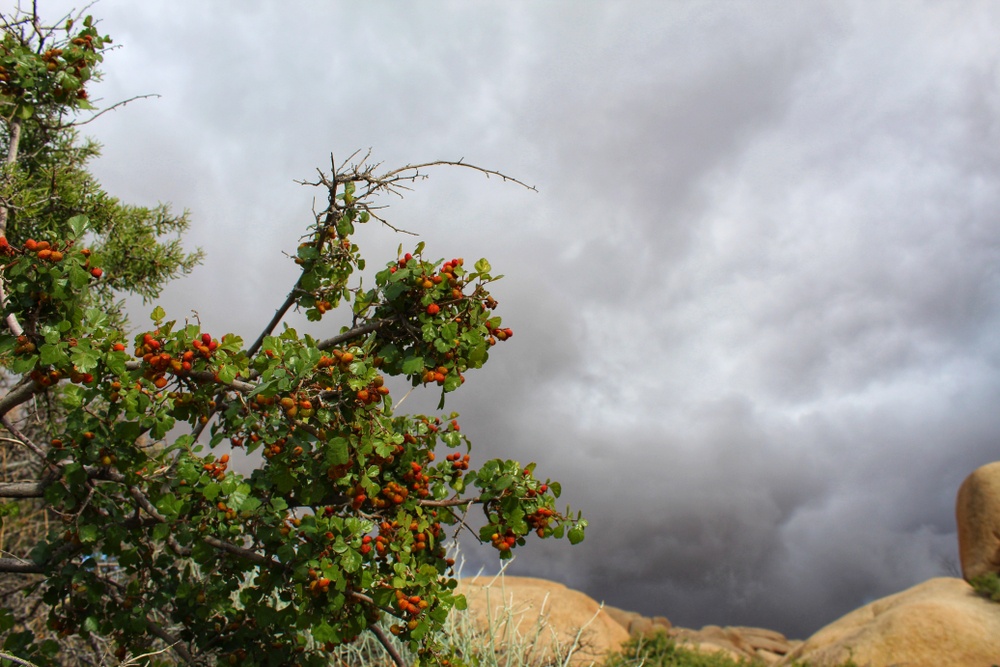
The Fragrant Sumac is used for erosion prevention as it’s known for its tough root system. The female plants grow small yellow blooms before the leaves emerge.
Typically growing up to six feet in height, this dense shrub tolerates salty and dry soil conditions. Keep it in full sun to get its best autumn color and fruit production.
- Hardiness zone: 2 to 8
- Blooming season: mid-spring till late summer
- Sunlight conditions: full sun or partial sun
6. Bearberry (Arctostaphylos uva-ursi)
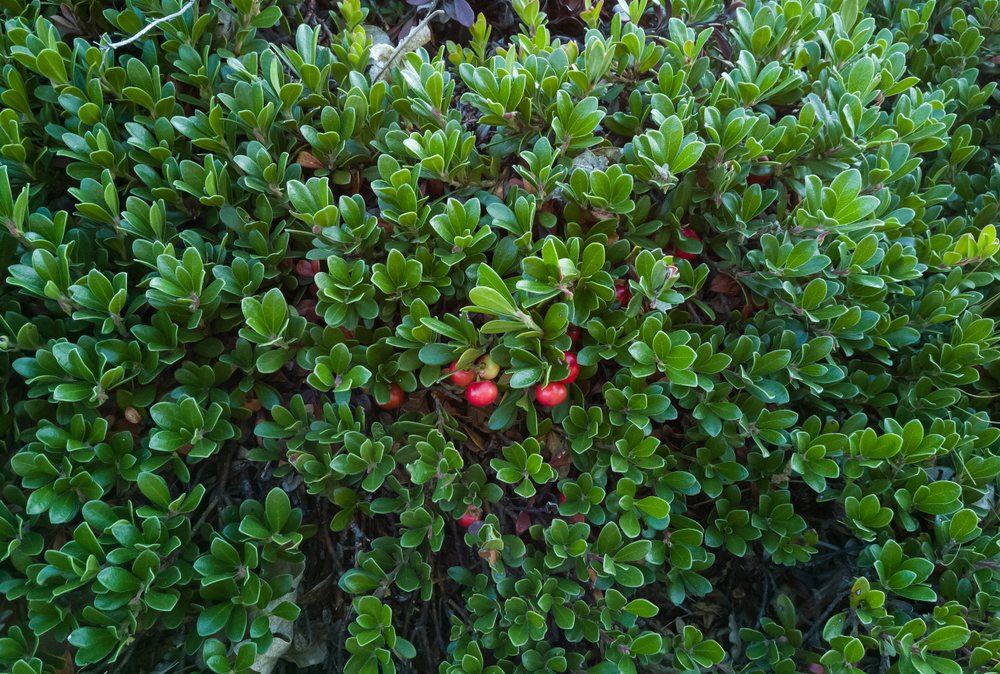
The Bearberry retains its leaves all year round, but they change in color with the seasons. Its berries last until the winter season, which makes them a nutritious source for mammals and birds alike.
Reaching up to 12 feet in height, this creeping shrub will slowly spread to form a dense mat. If you provide it with partial shade and well-drained soil, you’ll get to see more of its white-to-pink blooms.
- Hardiness zone: 2 to 6
- Blooming season: mid to late spring
- Sunlight conditions: full sun to partial shade
7. Lead Plant (Amorpha canescens)
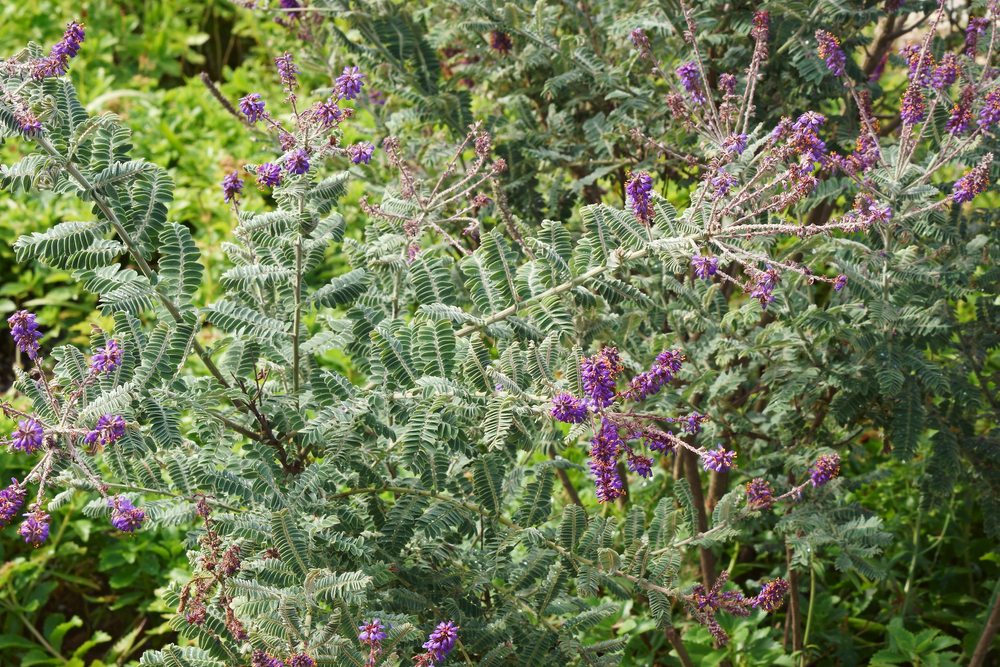
Going as deep as 15 feet, this shrub’s root system strongly holds the soil in place. The beautiful leaves are aromatic, and the rich nectar of blooms attracts bees and butterflies.
Additionally, the flowers are purple in color with golden-yellow anthers at their cores. You can grow this shrub in dry or medium-moisture soil, as long as it’s well-drained.
- Hardiness zone: 2 to 9
- Blooming season: late spring to early summer
- Sunlight conditions: full sun
8. Golden-twig Dogwood (Cornus sericea Flaviramea’)
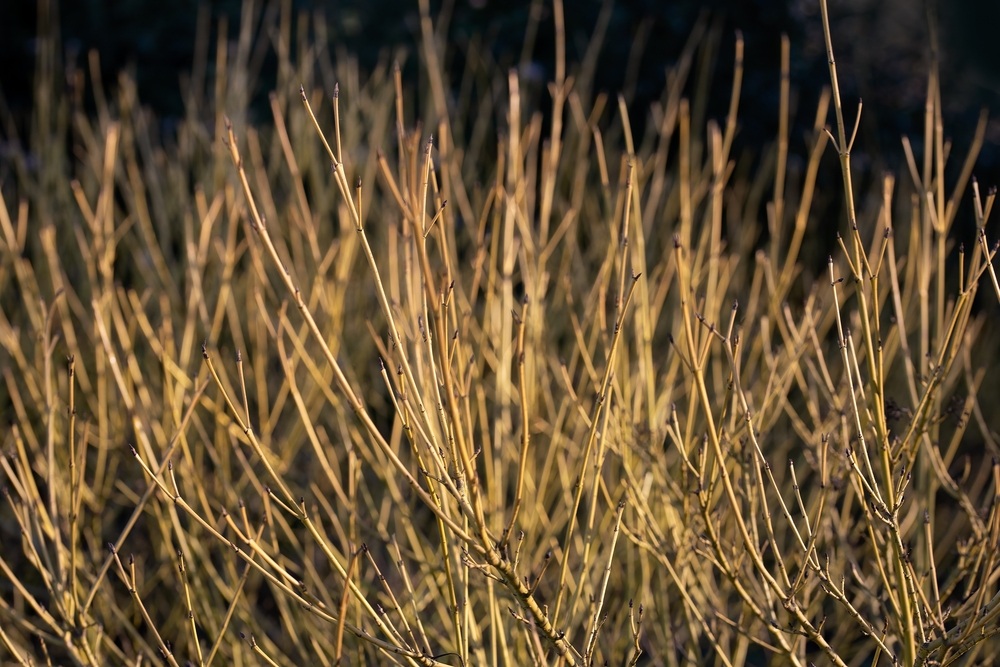
In winter, the Golden-twig Dogwood shows off its bright yellow stems. This makes it one of the most notable ornamental plants of the season.
It’s got an upright spreading pattern, reaching as tall as eight feet. This plant easily adapts to most soils, provided they’re moist and well-drained.
It’s better to prune the stems every few years to get their best color in winter.
- Hardiness zone: 3 to 8
- Blooming season: late spring to summer
- Sunlight conditions: full sun to partial shade
9. Virginian Witch Hazel (Hamamelis virginiana)
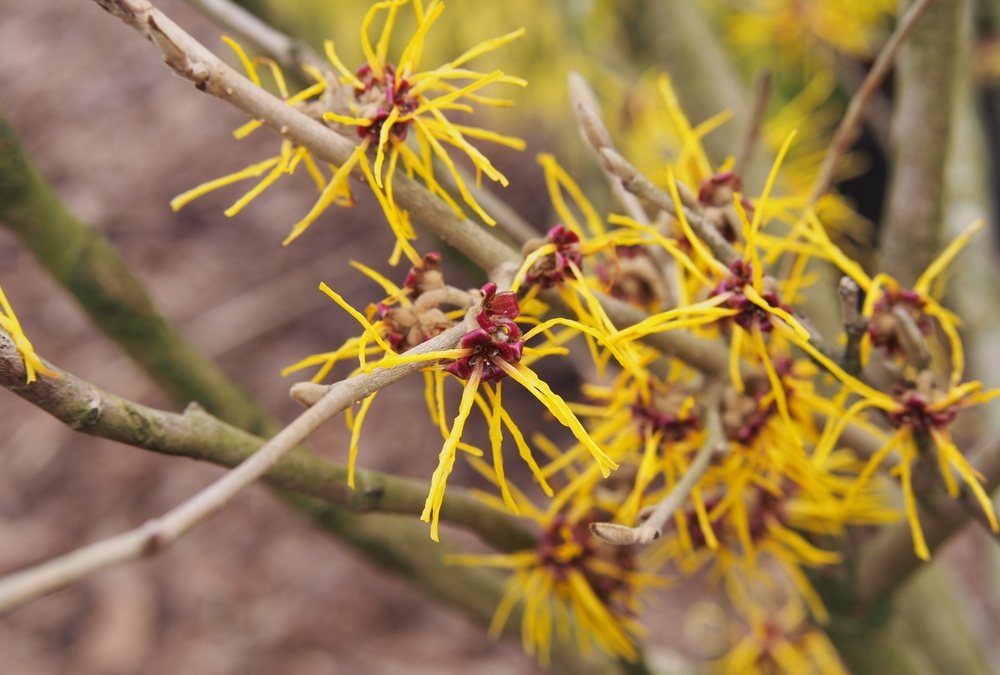
This large shrub can be considered a small tree. It can grow up to 20 feet in height. In fall, the plant unexpectedly blooms with yellow flowers, which may last until December.
Although it can adapt to most soil conditions, the Virginian Witch Hazel prefers moist, well-drained soil. This is a low-maintenance plant, so you’ll only need to prune it for size control.
- Hardiness zone: 3 to 8
- Blooming season: fall to early winter
- Sunlight conditions: full sun to full shade
10. Creeping phlox (Phlox stolonifera)
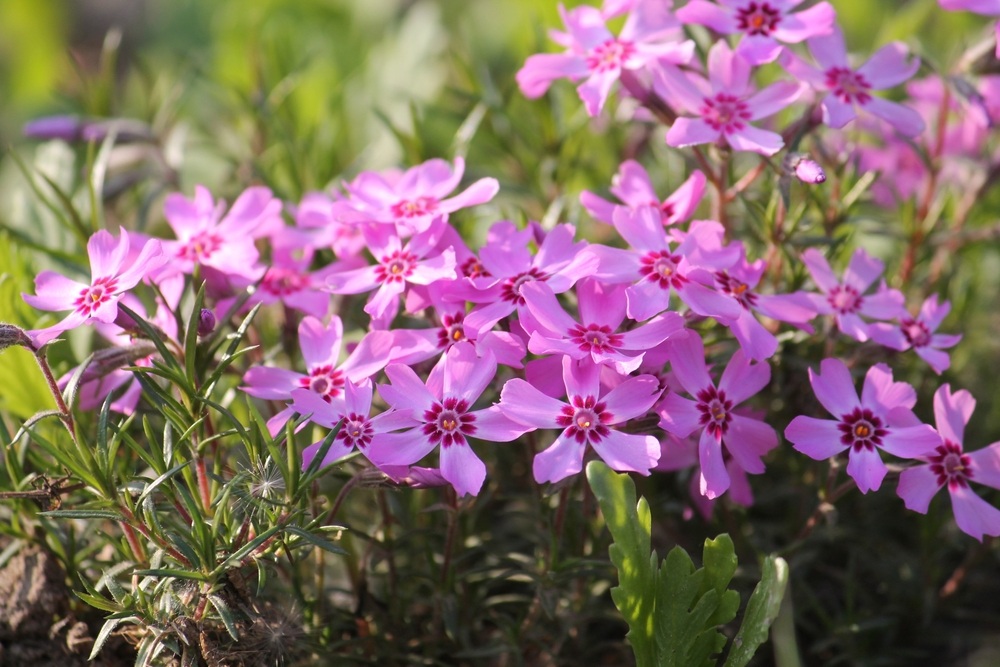
The Creeping Phlox only reaches three to eight inches in height. Still, it graciously spreads, forming a mat over slopes. Its abundant purple and pink flowers are an added attractive feature.
In optimum conditions, this plant will self-seed and spread vigorously. To prevent self-seeding, you can cut back the stems after blooming.
- Hardiness zone: 4 to 8
- Blooming season: mid to late summer
- Sunlight conditions: full sun to full shade
Wrap Up
Slopes set no limit to your garden’s beauty. In fact, you can turn them into an arresting landscape feature.
We’ve listed 10 shrubs for erosion control that will also add interest to your haven. So, go ahead and make the best of those grounding roots!





